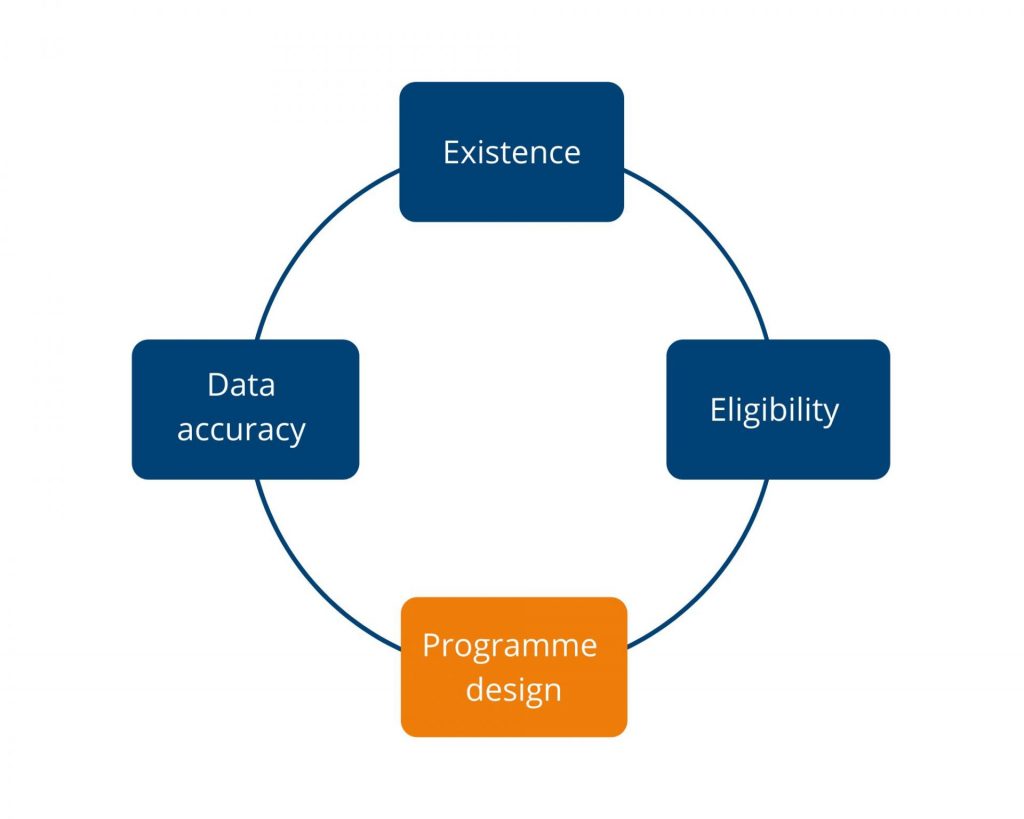
Whilst it is generally well understood that compliance with Education and Skills Funding Agency’s (ESFA) funding rules and requirements is fundamental to running a successful training provider, putting those rules into practice is not easy. Most either go a road of excess bureaucracy and others a road of least resistance. Both cause headaches and pain points. Success depends on two factors: design of the evidence system and implementation of the evidence system.
Over the years, the Strategic Development Network (SDN) has worked with many Universities, Colleges and independent providers on their compliance assurance activities and it is rare to find providers that do not, in the first instance, have errors in their data and evidence which may lead to under or over claiming funding. This is usually linked to systemic issues with the design of the evidence system or misunderstandings of funding rules and methodology linked with capability to confidently interpret and make evidence-based decisions on the grey areas of the funding rules.
Most education providers want to grow, and the introduction of T Levels and the growth of the level 3 free courses for jobs (previously the national skills fund), increased areas of adult education budget devolution has increased the volume of change. With the addition of any new programme comes additional funding rules and requirements and therefore additional need for all new compliance systems and processes – or does it?
Of course, each programme has its own individual rules and variations but there are consistencies in the foundations of a good evidence system.
The funding system is complex.
The apprenticeship funding rules alone consist of over a hundred pages, not to mention the funding agreement you have with the Agency, the Individualised Learner Record (ILR) specification, support manual, technical funding guide and other supporting documents. So, if you are a provider who delivers only apprenticeships, that is more than enough rules you need to be familiar with and ensure your system design and implementation complies with. For providers who deliver provision using Adult Education Budget (AEB) nationally or in devolved areas, loans, study programmes and now T Level funding, well, that’s at least another set of rules or guidance for each funding stream that you need to comply with.
Strategically the foundations of compliance are the same:

We’re often asked how different the compliance requirements are for each of the funding streams – the answer is that whilst the details of the rules might be different there are similarities.
- There will always be rules about which learners are eligible to be on the programme, for what, over what time etc and there are many consistencies in the right to receive funding but creating the right traffic lights here is essential.
- The programme design will be even more essential to how successful the learning journey is which impacts your long-term ability to deliver. In apprenticeships most of the compliance journey is focused on the design of the programme to start with, if you start with a programme that is non-compliant then why be surprised if you have subsequent problems.
- Every learner needs to exist, be on programme and meet specific milestones to generate funding. Awareness of this, visibility of this is vital.
- Data accuracy of the journey is the final piece, how you communicate that journey to the funder usually through the ILR and internally, through your learning management tools.
It is possible to think about compliance across all your funding streams and look to build in processes which can serve multiple needs making it much more efficient for you to operate.
No matter what funding rules you are having to follow it is important you take the time to fully understand them and design your systems and processes to meet them. You will also need to establish robust evidence collection systems and make plans for how you will monitor your implementation of systems and processes to ensure these are effective. Alongside with this however is the need for your people to understand the system you put in place, how to effectively implement that system. Having the greatest software in the world is pointless if you don’t use it correctly.
Designing and implementing effective data, funding and compliance systems from the bottom up (using the rules) may seem like the most logical approach, however, if you already have systems and processes in place for another funding stream perhaps think about which systems, processes and mechanisms can be adapted. You really don’t need to start from scratch and create yet another, different system and process. Try to keep as much consistency as you can making it as simple as possible for you to manage but put in place effective controls to make sure it works.
Need further support?
Led by SDN’s compliance specialist David Lockhart-Hawkins, the session will cover:
- The key changes and risks
- Data capture and the ILR
- Policy
- Process
Take a look at the events page for full details or, if you would like tailored support, please contact us
